The transformation of business processes and technology is more than just systems and workflows, it also must include people. Employees are the engine that propel organisations and they can be firm allies or stubborn hurdles during any change process. To be successful in instigating transformative change, you must acknowledge and account for the ‘human factor’.
Cultivating Employee Engagement
High employee engagement forms the basis of proper change management. When employees feel that they are part of the change process, listened to and their inputs valued, they tend to move with the transformation and become advocates for change as opposed to resistors.
To facilitate this, transparent communication is crucial for project leaders who are responsible for explaining their reasons behind the transformation. Leaders should ensure that the benefits of the change process are clearly outlined and every employee role in the journey articulated. Sharing success stories and positive findings from previous transformations, providing open ways for employees to share their views and opinions, and resolving raised issues quickly can result in excellent employee relations. Trust is earned when employees are engaged.
Change is Personal
It is crucial to understand that change can be a personal experience for every employee. For some it might be an avenue for learning and development while others could experience adverse affects such as grief or fear. The empathy and understanding of project and change leaders, in terms of the emotional impacts of change is very important.
To counter any potential negative effects, customised communication strategies can help depending on the impacted roles, duties assigned and how the change process will affect them during their day-to-day routines.
Mitigating Resistance
Human beings experience this behaviour when they are being expected to adopt a new technology and it is a very common response to a change which makes it difficult for them. In this case, the leaders in decision have to proactively look out for the grounds of resistance before it is too late. Being reactive rather than proactive may result in the entire transformation failing. Try dispelling any illusion of failure or difficulty, provide any and all necessary information, and advocating for the participation of end-users when needed.
Some of the change management models such as ADKAR (Awareness, Desire, Knowledge, Ability, Reinforcement) may be useful in understanding the various levels of change readiness and helping them address these. Managers and decision makers should collaborate together in identifying best fitting model for the company.
Building a Change-Ready Culture
Every business environment has a continuous changing nature, especially as technology and business practices continue to evolve. Therefore, organisations need to develop a culture that is fully prepared for these changes and those which will allow them to adapt and grow as challenges in their markets arise.
Businesses that are not change-ready, meaning they are too bureaucratic, not in regular contact with their end-users and have executives who are too far removed from day-to-day operations are going to struggle with an effective change management system.
To wrap up….
Change management should be considered by decision-makers and project leaders as a key component that informs, shapes, and structures every transformational initiative.
Prioritising the human experience, customised trainings and a change ready organisation will allow organisations to deal with the complexity of transformation with agility and robustness.
The capability of managing and leading through transformation becomes central to the continued effectiveness of an organisation in a world where the sole certainty is volatility. In addition, including end-users andadopting change management as a core competence goes beyond making good business decisions but rather is a critical enabler that provides a full exploitation of business process and technology.
Until next time….








